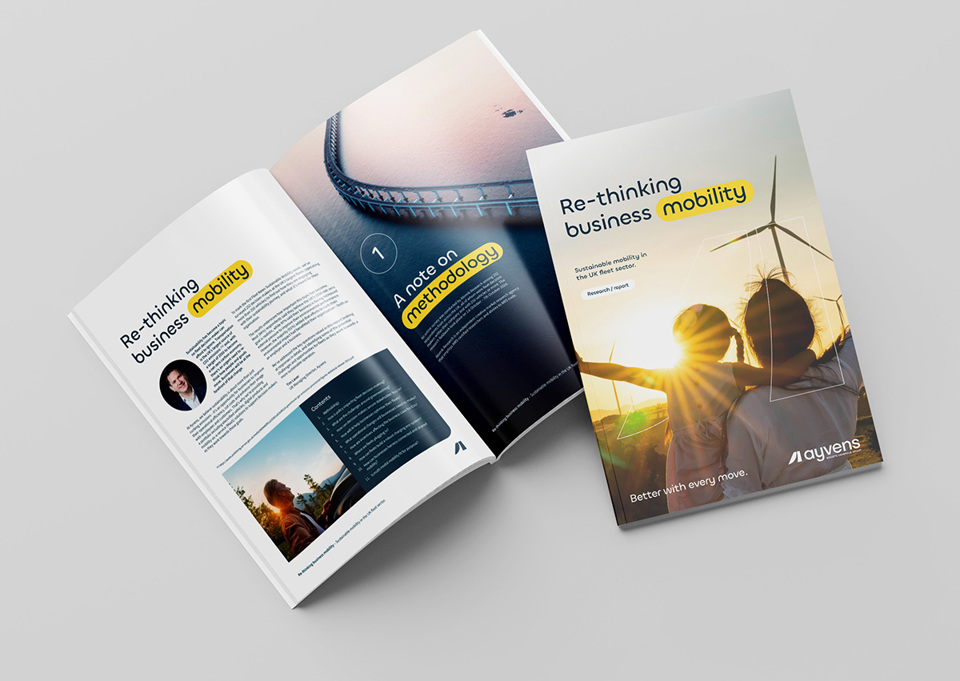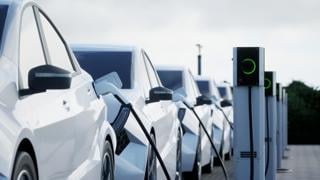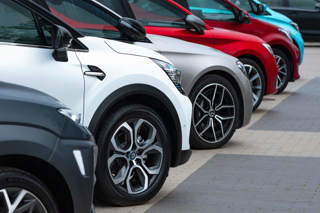Sustainability is both a differentiating factor for customers and the focus of regulatory activity, so it’s never been more important for businesses to understand how their operations impact the areas where they operate. Although most fleet managers will be familiar with the often-competing downward pressure on cost and CO2 emissions, that process is under ever-closer scrutiny.
The UK and EU have deemed environmental, social and governance (ESG) strategies as important enough for investors that ratings providers are set to be regulated by 2026. Meanwhile, publicly listed businesses, and companies or limited partnerships classed as “large” by turnover, balance sheet or headcount must include their energy use and greenhouse gas emissions within the director’s report. For a lot of organisations, transport is the largest contributor – fuel use comes under Scope 1 (direct), while electricity supply adds to Scope 2 (indirect) emissions.
For Sustainable Mobility Week, Fleet News and Ayvens surveyed 252 decision-makers with responsibility for at least 250 vehicles to find out how sustainability policies are affecting their organisation. Most (84%) believe the UK’s goal of becoming a net zero carbon economy by 2050 is realistic, while 93% are working towards fleet-specific sustainability targets – such as cutting carbon, improving fuel economy, or deploying electric vehicles.
Cautious reporting
The results suggest they’re making good progress. More than nine out of ten (92%) fleets are on track to meet internal targets, and they’re working with other stakeholders to support that process. Almost all (96%) respondents had sought stakeholder feedback, with 89% doing so more than once, while 32% said customer demands for a more sustainable supply chain had influenced their decarbonisation strategy. Scope 3 reporting is optional, but some companies are already looking further than their legal requirements, which affects supplier partners.
Most (88%) businesses with sustainability strategies said they were reporting their progress to external stakeholders and the public, and almost half are doing so more than once a year. Almost all (97%) respondents are facing increased external pressure to report their progress, and they aren’t burying that information within large financial documents. Nearly two thirds (64%) are posting about their sustainability initiatives on social media, and this ranked ahead of websites (55%) and company reports (50%). Decision-makers are keen to discuss those achievements – 88% said their organisation could do more to promote their progress.
However, that reporting can attract unwanted attention too. More than a third (37%) of respondents said they had been accused of ‘greenwashing’ or exaggerating the environmental benefits of their sustainability initiatives. Heightened attention from activists and regulators (33%), internal keyholders (31%) and customers (28%) were among the most common challenges faced by businesses who report this information publicly.
That fear of external scrutiny has become a significant hurdle for decision-makers, with 40% saying it had led to increased stress and tension within the business. In turn, 43% are avoiding specific markets while 40% said they had softened their environmental targets. Worse still, 36% said external pressures had caused environmental reports to be delayed, while 31% have stopped releasing them publicly.
Internal conflicts
Regulations have changed quickly enough that most of those concerns are rooted in a lack of experience. Almost one in three (30%) survey respondents said their company didn’t have enough internal knowledge, while unclear measurement processes (30%) and details about which figures to report (25%) were common concerns for decision-makers. Half (52%) wanted to better access to education from regulators and experts and 47% want training programmes, while 46% said a standardised reporting framework would be useful.
Sustainability can face competing challenges within an organisation. Cost and climate change risk ranked equally highly as influencing factors for decarbonisation, at 34% of respondents. Unfortunately, it’s become harder to make a business case for electric vehicles over the last three years.
Within that period, which matches a typical lease contract, the Plug-in Car Grant has ended, list prices have increased, residual values have weakened and the Bank of England base rate of interest has risen from 0.1% to 5.0%, which makes borrowing more expensive.
Petrol and diesel prices spiked in 2022 but have since settled back to their lowest levels since 2021 and are almost identical to when fuel duty was frozen in March 2011. According to Zapmap, the price of a rapid charger had increased from 35p/kWh in December 2021 to 81p/kWh today – that’s typically more expensive on a per-mile basis than using liquid fuels. Almost four in ten (38%) fleets with electric vehicles said implementing their sustainability strategy had led to higher operating costs.
An unclear roadmap
However, at 38% of respondents, government regulations were the most common driving force behind businesses’ sustainability strategies – that’s ahead of both cost and climate impact.
Political influences are a double-edged sword for decision-makers; 70% agreed that the government engages well with fleet operators when it sets policies, but 65% said their strategy had been pushed back due to recent changes to combustion engine phase-out deadlines in 2030 and 2035. Almost half said they would be more likely to aim for more ambitious decarbonisation targets if they had a clearer roadmap to follow.
In the meantime, some operators are working ahead of government deadlines. Stannah had already set a company-wide decarbonisation deadline of 2030 before the UK’s net zero strategy were put in place. Fleet manager Denise Hawkins says those targets have held firm despite what’s going on in Westminster.
“There are other changes we would have hoped for ,” she says. “For instance, smaller targets for infrastructure improvements, assisting councils in improving streetside charging, and providing help and guidance then it would have been a really strong plan. In reality, it seems like putting the cart before the horse. There also needs to be differentiation between different types of vehicles – 100% EV for cars is very much doable, but for vans probably not.
“What is this government going to do to make it all possible? That's where we need the help. We don't necessarily need the help with the phase-out dates, we just need the help to get there. That’s what I’d like to see.”























Login to comment
Comments
No comments have been made yet.